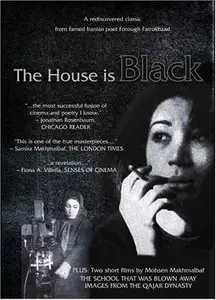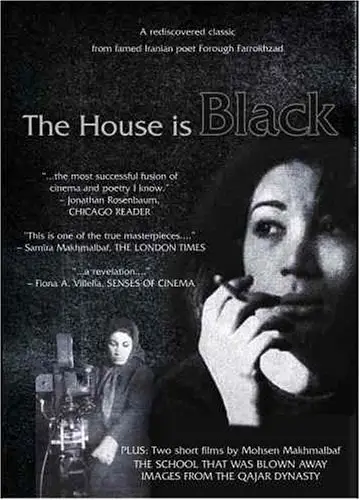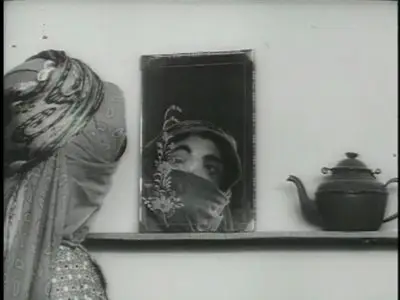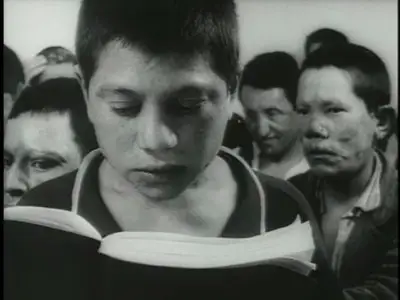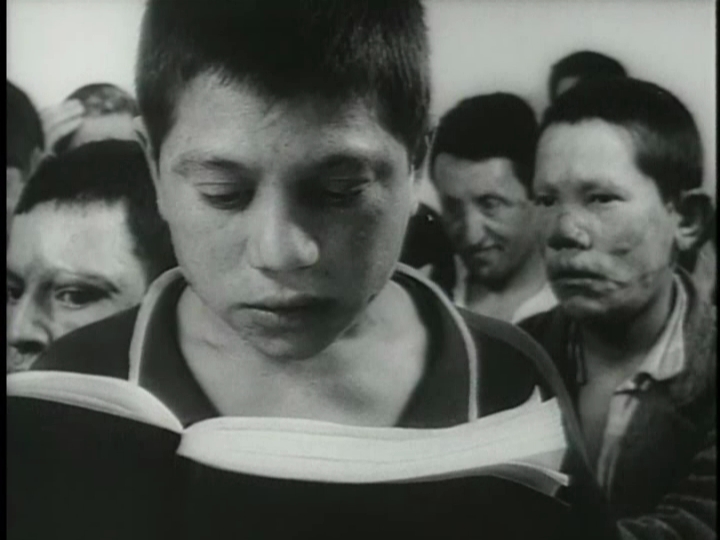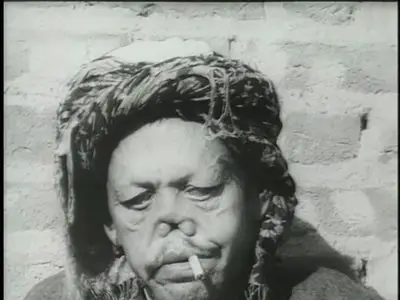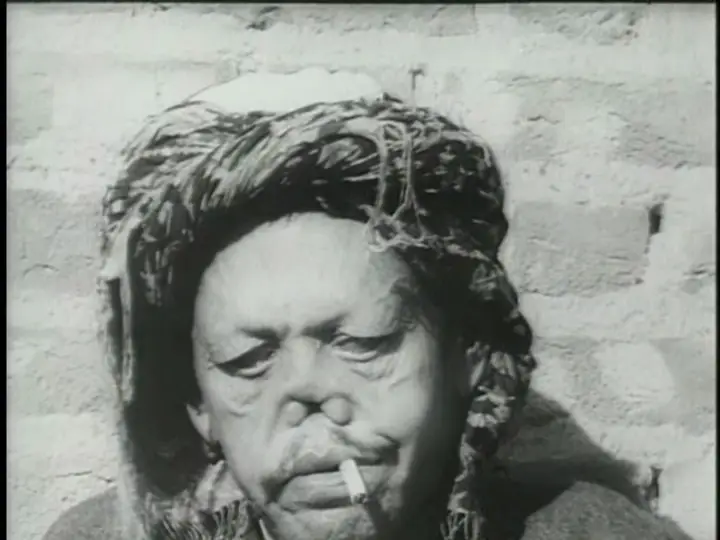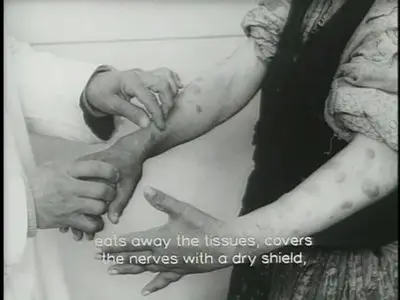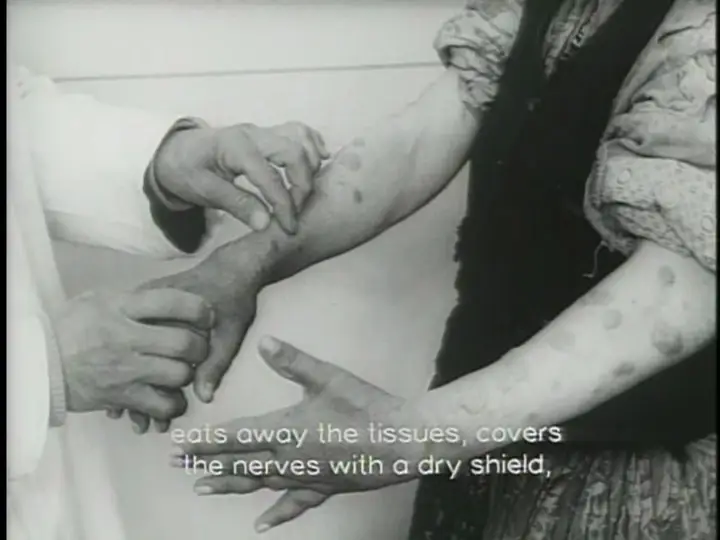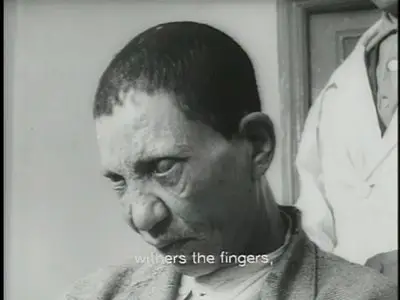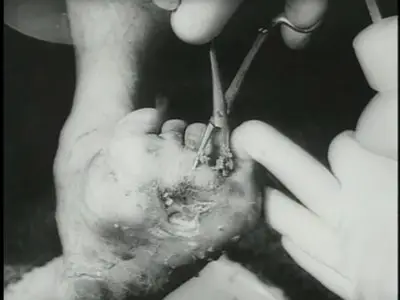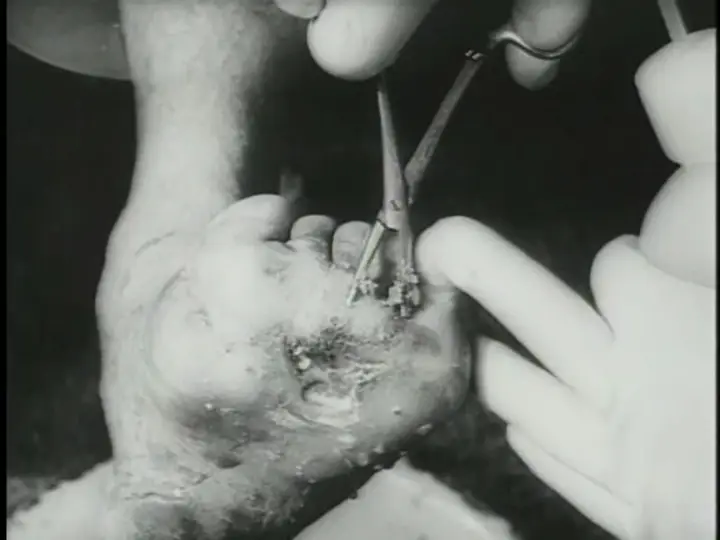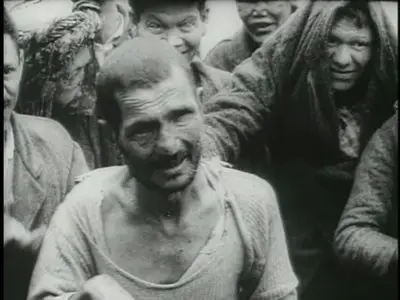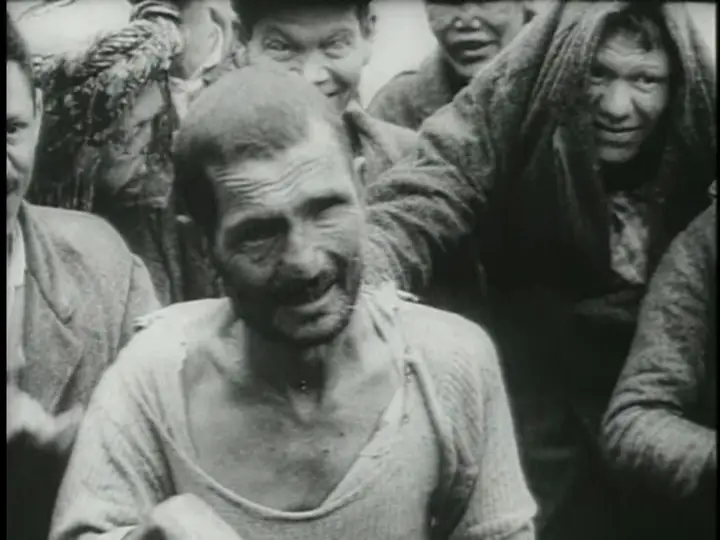The House Is Black (1963)
DVD5 | ISO+MDS | NTSC 4:3 | 00:21:57 | 2,40 Gb
Audio: Farsi LPCM 2.0 @ 1536 Kbps | Subs: English hardcoded
Genre: Documentary, Drama
DVD5 | ISO+MDS | NTSC 4:3 | 00:21:57 | 2,40 Gb
Audio: Farsi LPCM 2.0 @ 1536 Kbps | Subs: English hardcoded
Genre: Documentary, Drama
The House is Black, written, directed and edited in 1963 by Forugh Farrokhzad is a brilliant piece of work done on an issue that has hardly been portrayed in any kind of film, fiction or non. Filmed in B&W on location somewhere on a Middle Eastern island, the film portrays a rapid series of events during the everyday lives of all of its inhabitants that are suffering from various stages of leprosy.
IMDB
DVDBeaver
Forugh Farrokhzad's The House Is Black is a harrowing, horrifying, artfully made documentary, the only film made by the Iranian poet Farrokhzad. Her subject here is leprosy, and she looks directly, unflinchingly, at the devastation caused to the human body by this disease. She does not look away, not from the worst deformations this disease creates. Her purpose was to expose the cruel and unnecessary way that lepers continued to be treated in Iran, herded into isolated leper colonies where their disease went untreated, causing them to slowly and painfully disintegrate. Farrokhzad's film was intended to raise awareness about these conditions, and to stress that this situation need not be. A male narrator dispassionately lists facts about leprosy while Farrokhzad cuts quickly and abruptly between some of the most horrifying images of the disease's effect: limbs that seem to have been worn away, as though by erosion; noses caved in, creating crater-like gaps in the patients' faces; skin that flakes off, scraped away by a doctor's instrument. And yet the narrator says: "leprosy is not an incurable disease." He says it twice, once at the beginning and again at the end of this montage, repeating it to make sure that the meaning of his words is not lost. These people, suffering so greatly, could be cured. The unspoken implication is that their country, their government and their social structures and their medical system, have failed them. They could be cured, if only someone was willing to take the initiative to cure them, rather than herding them into isolation to prevent the spread of the disease and then forgetting about them.
There are two narrators in the film, the first the male narrator mentioned above, who appears sporadically to deliver straight facts in an objective tone. The second narrator is Farrokhzad herself, who delivers a lilting, poetic, religiously tinged voiceover. One of the most subversive undercurrents in the film is its subtle criticism of Islam, and religion in general, for failing to take a more compassionate and helpful interest in these forgotten and suffering people. Farrokhzad continually shows the lepers praying and giving thanks to God, and she purposefully contrasts their faith and devotion against the abjection of their condition. Again, her method is not to state her ideas directly, but to generate tension between a seemingly straightforward voiceover narration and the bracing power of the images she pairs with these texts.
In this way, she calls attention to the irony of the lepers' religious devotion, their continued praise of God even as they needlessly suffer and rot away. One man, leading the prayers, holds up his arms, which have been reduced to twisted and skeletal stumps, and prays to God with words that include "my two hands," hands he no longer has because of his disease. Other lepers unironically thank God for giving them both a father and a mother, even though most of them are here without families. There's a heartbreaking scene in a schoolhouse where a school teacher asks one of his pupils why they should thank God for giving them a father and a mother. "I don't know," the boy responds, "I have neither." There's something about this scene that makes it seem staged — it's too pat, too perfectly suited for the messages Farrokhzad wants to send — but it is a devastating critique of religion anyway. Why, Farrokhzad asks, do these people worship a God who has seemingly abandoned them? Why do they thank God for blessings that he has not bestowed on them? It is as though their religious fervor is abstracted from the actual conditions of their lives, as though they are hardly even thinking about the words they're saying.
Farrokhzad, though, is particularly attuned to the meanings of words. She was a poet, after all, and thus very sensitive to words and the disjunctions between language and reality. As a filmmaker, however, her skills are hardly just verbal. Her visual sensibility is relatively straightforward on the surface, and yet she creates rather complex effects with editing and the relationships between the soundtrack and the images. The House Is Black is entirely the product of her sole sensibility in a way that few films are: she not only wrote and directed the film but, crucially, edited it herself as well. Her editing is crisp and deliberate, and she frequently returns to images that have appeared already, inserting them into rapidly paced montages where their meaning is changed or intensified by the images around them or the content of the voiceover.
Two of the most poignant segments in the film are two sequences where Farrokhzad focuses on the ways in which life in the leper colony mirrors life in the outside world. The first is a montage of women prepping themselves, combing their hair or rubbing kohl around their eyes, making themselves "beautiful." It's a moving sequence, an indication of how these people, shut off from the rest of the world by their disease, attempt to retain some connection to their previous lives — and to the concepts of "beauty" and "ugliness" as defined by society. In another scene, Farrokhzad shows a group of children playing with a ball, all of them laughing and cheering, jockeying for position in the game they're playing, having fun, oblivious to the sores and deformities scarring their bodies. In their smiles and their body language, they look like any other children, cheerful and carefree as kids are supposed to be. But their distorted faces are hard to ignore, and Farrokhzad immediately cuts from this scene to images of older lepers, crippled and badly deformed, as though suggesting that these happy children will grow up into misery if their condition is not treated.
The House Is Black is a powerful, unforgettable film, a documentary whose forthright and unblinking look at life in a leper colony casts light on the suffering of people living in darkness, away from society's attention. Farrokhzad does not allow society to forget the lepers, does not allow her audience to look away or to take pity without also taking action. Her film does not merely wallow in suffering but calls for something to be done about it.
Farrokzhad died tragically in a car accident at the age of 33, but she left behind both her poetry and this unique film. "The House is Black" is a masterpiece of world cinema. As a great short documentary, it deserves a place of honor alongside "Land Without Bread" or "Night and Fog." How can a film about a leper colony, a film that warns us it is about ugliness, be so beautiful? I don't know; that's the magic of film, at least of this film. I can't explain it any better than that. Just do yourself a favor, just see it. I promise you won't forget the experience.
Special Features:
- Two short films by Mohsen Makhmalbaf:
• THE SCHOOL THAT WAS BLOWN AWAY (1996, 8:06)
• IMAGES FROM THE QAJAR DYNASTY (1992, 16:42)
- Pooran Farrokhzad's (sister) interview excerpted from PBS TV special
Many Thanks to Original uploader.
If you want to download it, but found out that links are dead,
just leave a comment or PM me!
just leave a comment or PM me!
No More Mirrors.


